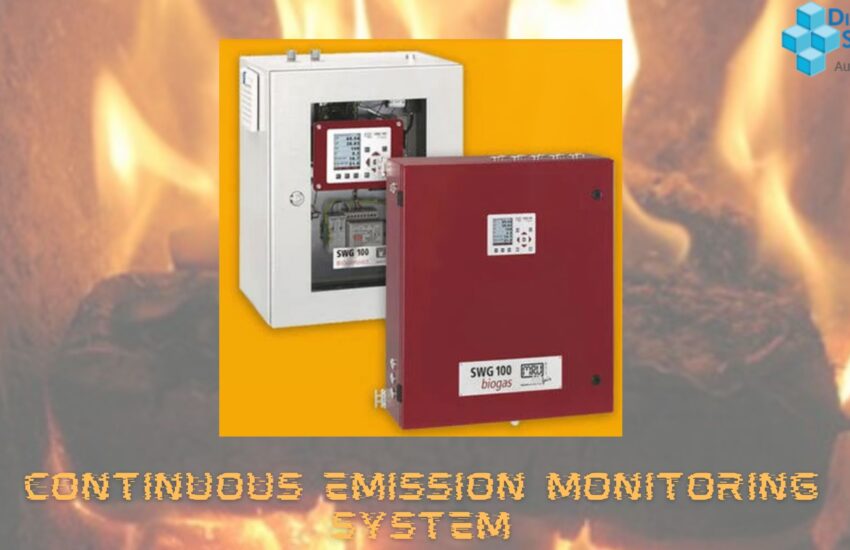Air pollution monitoring is vital for our society’s safety and health, as awareness of air pollution levels is necessary to protect individuals from the negative impacts of air pollution. In order to make educated efforts to prevent air pollution, accurate measurements of pollutant emissions must be conducted. What methods are used to monitor and measure air pollution? What procedures and emission analyzer do environmental organisations and regulatory agencies use to assess indoor air pollution levels?
The first step in obtaining an accurate assessment of air pollution levels is to identify the contaminants that you want to monitor. Particulate matter (including black carbon), nitrogen oxide, sulphur dioxide, ozone and volatile organic compounds, and carbon monoxide are the principal air pollutants measured by organisations concerned with air pollution.
Air pollution regulatory and monitoring agencies use a number of air pollution measurement methodologies and tools such as emission gas analyzer. The Environmental Protection Agency (EPA) supervises the development of numerous devices and methods for detecting ambient air pollutants, such as mobile air measurement systems and black carbon monitors.
Mobile air measurement systems are automobiles equipped with real-time air pollution tracking devices that are used to identify pollution sources and levels near manufacturing units, refineries, ports, train yards, and other big source regions.
Some organisations are dedicated to minimising air pollution, but we must first use the Continuous Emission Monitoring System to determine the number of contaminants in the air.
What makes air quality monitoring important?
The information gathered from air quality monitoring aids us in determining the effects of poor air quality on public health. The information gathered from air quality monitoring will largely be used to identify polluted locations, pollution levels, and air quality levels. Air quality monitoring would aid in identifying whether or not air pollution control programmes implemented in a certain area are effective. Data on air quality can help us figure out how many people die in a given area as a result of pollution. We can also evaluate and compare the short- and long-term diseases and disorders caused by air pollution.
What is a CEMS?
It is made up of sampling, conditioning, and analytical components that are intended to give direct, real-time, continuous pollution measures by analysing air and water samples. CEMS is a pollution-control system that measures and records emissions from equipment that can be lowered based on environmental conditions.
The most popular type of CEMS is a non-dilution extractive-type system, which extracts a non-diluted portion of the exhaust gas from the stack via a sample pump. It will then be processed through a conditioning system before being evaluated by an emissions analyzer. The SWG 100 CEM analyzer is also often used by the environmentalists to find out AQI.
What is CEMS required for?
The installation of a Continuous Emission Monitoring System is done in accordance with air-quality requirements. This system includes all of the equipment needed to use analytical measurements to determine the concentration of gaseous emissions or the rate at which they occur. A computer software generates results in units of the applicable emission limits after analytic measurements. There are a few instances when CEMS is used to collect data regarding industrial processes, such as as part of a control tool to track a procedure that is essentially self-regulating.
Is there any permit required for CEMS?
The certification process’ purpose is to guarantee that the system collects the most accurate data possible, ensuring that your procedure is compliant. Although it still requires further information, which could include drawings of the exhaust stack, models of the equipment, measurement ranges, and so on.

